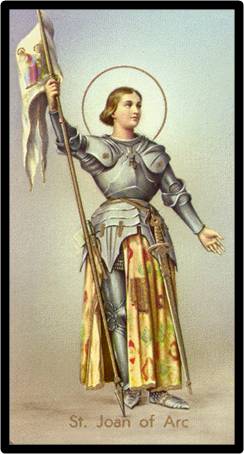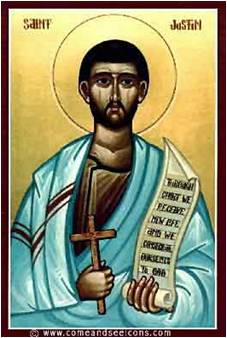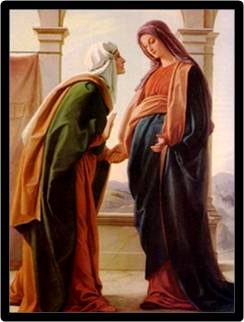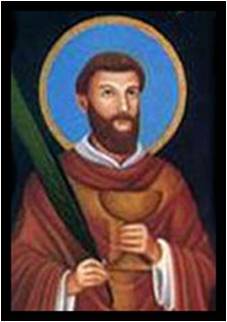MAY 30 - ST. JOAN OF ARC

Joan was born at Greux-Domremy, Lorraine, a little village in France. Jacques d’Arc, her father, was a hard working farmer. Her mother Isabelle Romee was gentle and loving. She taught Joan many practical things. “I can sew and spin as well as any woman,” she once said.
Joan was a shepherdess who loved to pray, especially at the shrines of Our Blessed Mother. This honest little peasant girl was to become a heroine. One day while she was watching her sheep, St. Michael the Archangel, appeared to her and said, “Daughter of God, go save France!”
For three years she heard the voices of saints calling her to action. When she was sixteen, she began her mission.
At that time, there was a war going on between France and England. It was called the Hundred Years’ War. England had won so much French land that the king of England called himself the king of France, too. The real French king was weak and fun-loving. He thought the French armies would never be able to save the country.
With his permission, St. Joan led an army into the city of Orleans, which the English had almost captured. In her white, shining armor, this young heroine rode with her banner flying above her. On it were the names of JESUS and MARY.
She was hit by an arrow in the great battle of Orleans, but she kept on urging her men to victory. At last they won! St. Joan and her army won more and more battles. The English armies had to retreat.
After the victories, Joan’s time of suffering began. She was captured by the Burgundians. Then she was sold to the English for ten thousand Francs. The ungrateful French king did not even try to save her. She was put in prison and after an unfair trial at Rouen in France, she was tied to a stake and burned to death.
Joan was not even twenty. She had a great horror of fire. Yet she went bravely to her death on May 29, 1431. Her last word was “Jesus.” Four hundred and eighty-nine years later, on May 16, 1920, Pope Benedict XV proclaimed Joan a saint.



 These two saints were greatly honored and prayed to by the early Christians. The feast of these two martyrs was included in the Roman calendar of saints by Pope Vigilius in 555.
These two saints were greatly honored and prayed to by the early Christians. The feast of these two martyrs was included in the Roman calendar of saints by Pope Vigilius in 555.